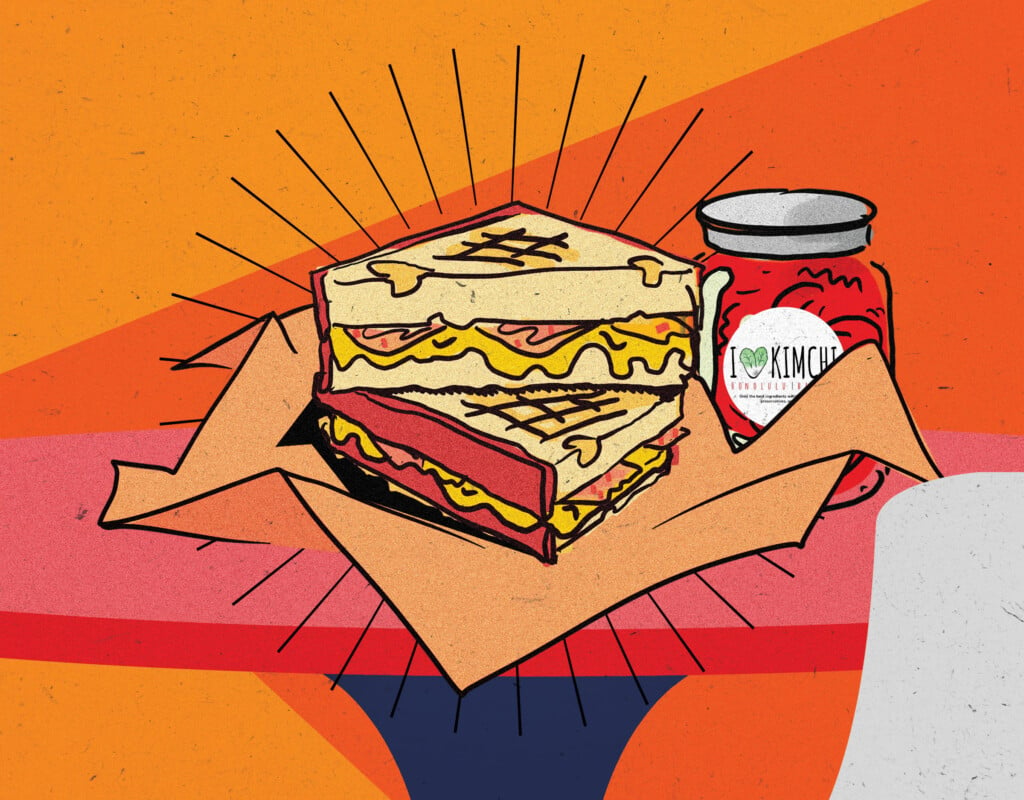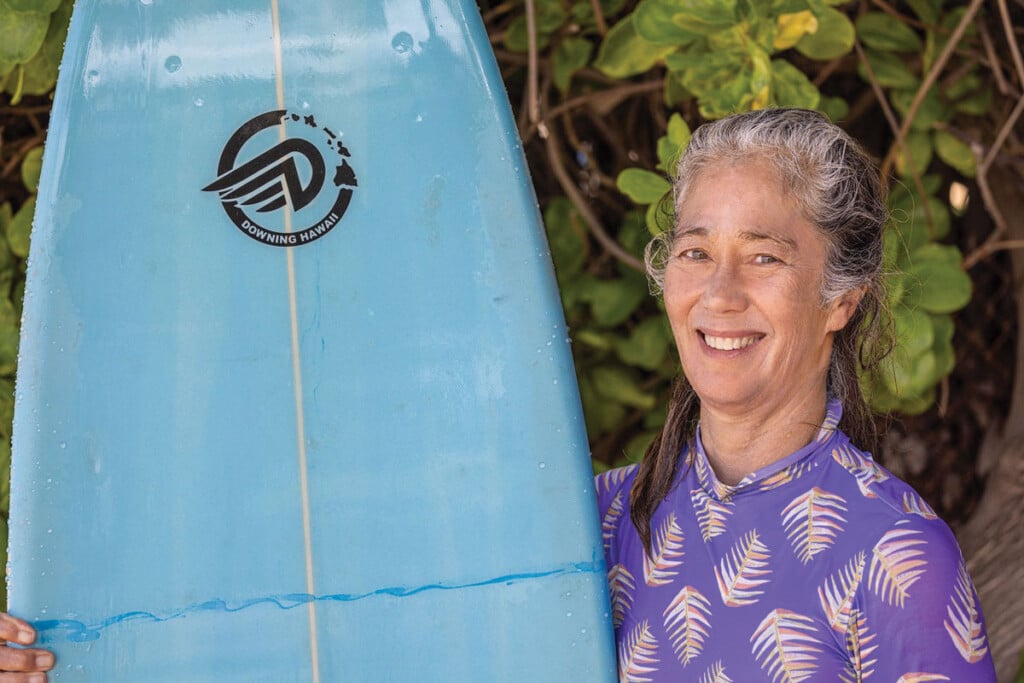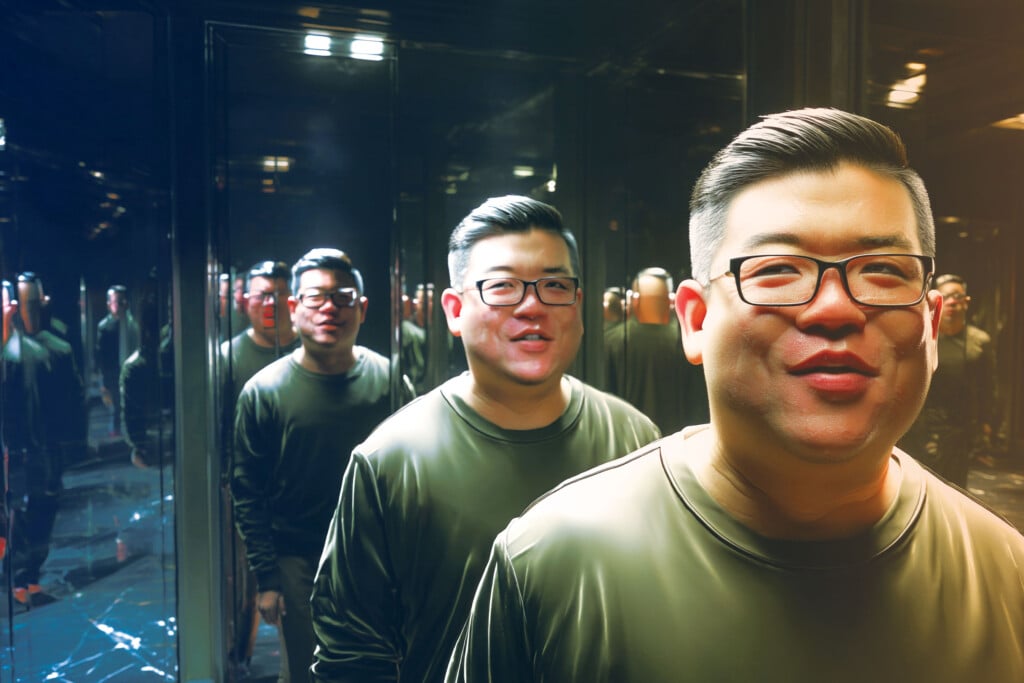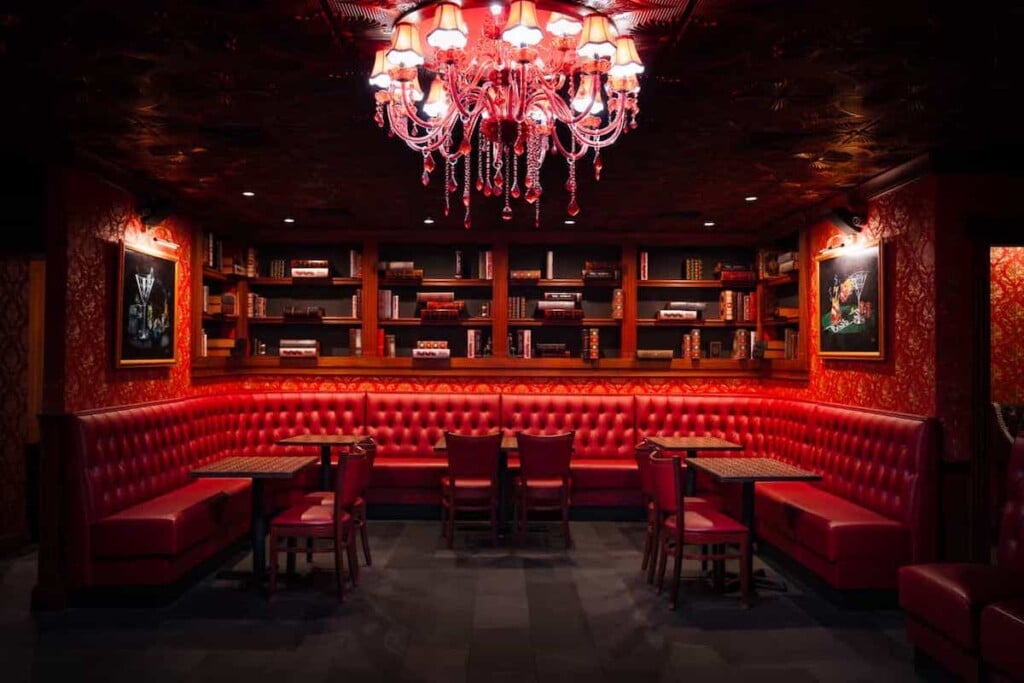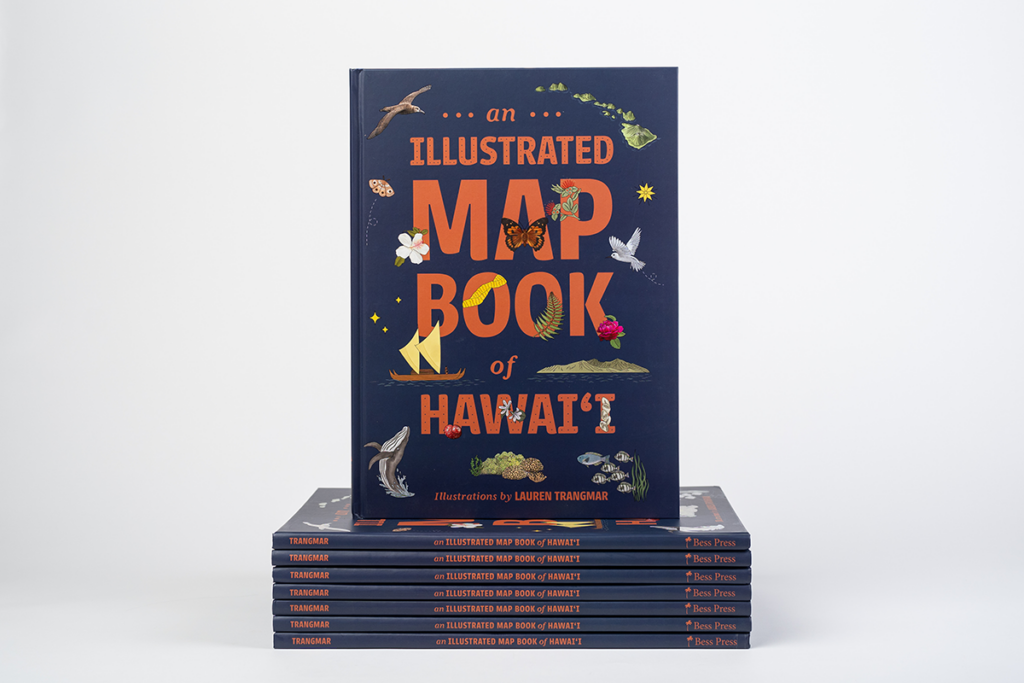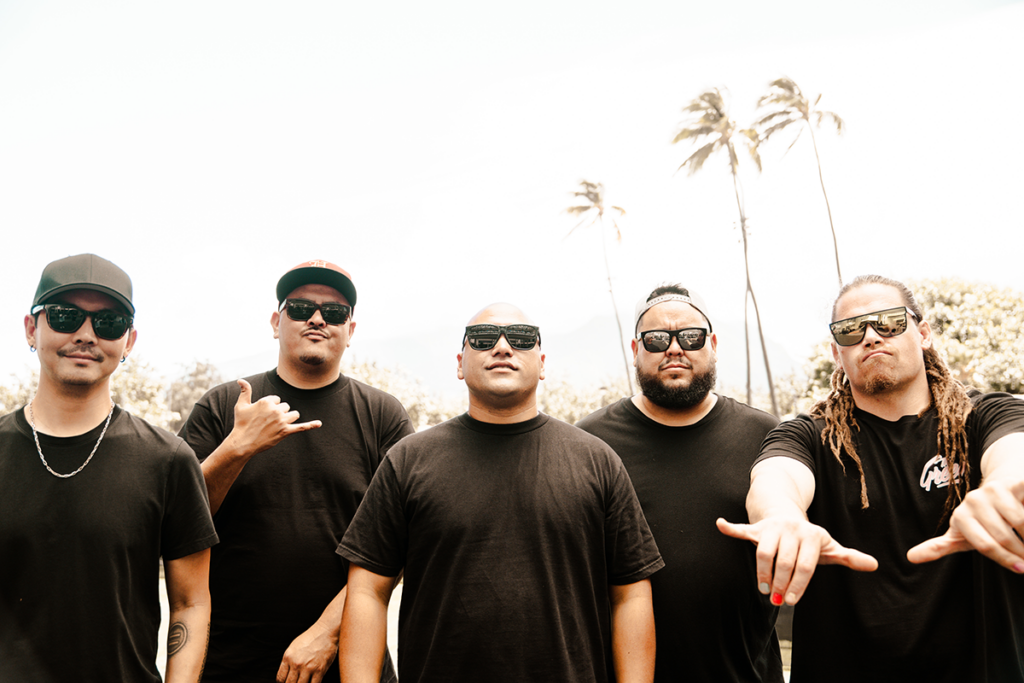Afterthoughts: Skin Deep
Our family Thanksgiving was almost canceled after I mentioned a desire to be inked.

Via Midjourney
Maybe it was insensitive to tell my mom I was thinking of getting a red tattoo on my calf. The idea came up casually during our call, after I caught up with an old college buddy who owns a tattoo shop. Honestly, I didn’t think it would be a big deal since I’m well above the age of requiring parental approval. Yet she immediately and abruptly canceled her Thanksgiving visit, then hung up. It felt like I’d just been grounded for life.
That was last November. A few friends had flown in from New York City, keeping with a tradition of getting the same piece inked by our friend, a veteran tattoo artist, while having a few drinks waiting for turns. That is, everyone but me. In the past, when the subject drifted to my lack of tattoos, I always tossed out excuses: I was in a string of relationships with people who begged me not to get one. I wanted one but couldn’t afford it. My tastes are too finicky and when I think I know what I want, I grow tired of it before I can even get it done. All true and valid, but there’s more to it.
SEE ALSO: Pursuits: Ink Master Steven Lam
Tattoos in Japan, where my mother is from, have long been negatively cast. From the 1600s through much of the 1800s, they were used as forms of punishment, with markings for “inu” or “dog” marring the foreheads of criminals, making them permanent outcasts. In the late 1800s, the practice was banned altogether when Japan opened its country to Westerners, for fear of foreigners viewing the Japanese culture as barbaric. Body art was eventually adopted by the Yakuza crime syndicate as a rite of passage and indicator of rank, reinforcing criminal associations.
In 1948, Japan finally lifted the ban, but because it was considered a clinical procedure there, only those with medical licenses could practice the craft. Although now more accepted, stigmas still exist. Certain businesses in Japan will deny service to those with tattoos; others will demand that people with them cover up before entering, and it wasn’t until 2020 that the Supreme Court of Japan recognized the craft as an art form rather than a medical practice.
The same stereotypes have existed in China, Vietnam and South Korea, where tattoos were once associated with criminal behavior and rebellion. There they denoted a lowly status in society and conflicted with Confucian beliefs that our bodies are gifted by our parents and that tattooing them dishonors them.
Here in Hawai‘i, despite our large Asian population, tattoos are popular, especially among the young. Yet, many on the more socially conservative side still have not budged on the notion that tattoos should be shunned. “Do you know what tattoos look like under a microscope?” a medical professional once asked me. “Like debris. No formal, fractal arrangements like the kind you find in nature. It’s just random detritus.”
But there is beauty in that deep inkwell of poetry composed not in stanzas but in layers and gradients, adorned in flora and fauna, and animals both real and mythic.
If you’re wondering what happened at Thanksgiving, my mother backpedaled on her initial reaction as reason likely overcame emotions. No matter how old we get, we’re all still someone’s kid. “Of course, you can do what you want,” she told me. And with that, our family Thanksgiving proceeded.
Well, now. Ink blots have started to blossom from deep within the recesses of my visual cortex. But instead of taking a concrete form, they simmer in vagueness. There’s something that lingers, another imprint, an invisible one that covers my entire body. I hadn’t realized till now that it was there all along—the imprint of upbringing and stigma that’s more than skin deep.
